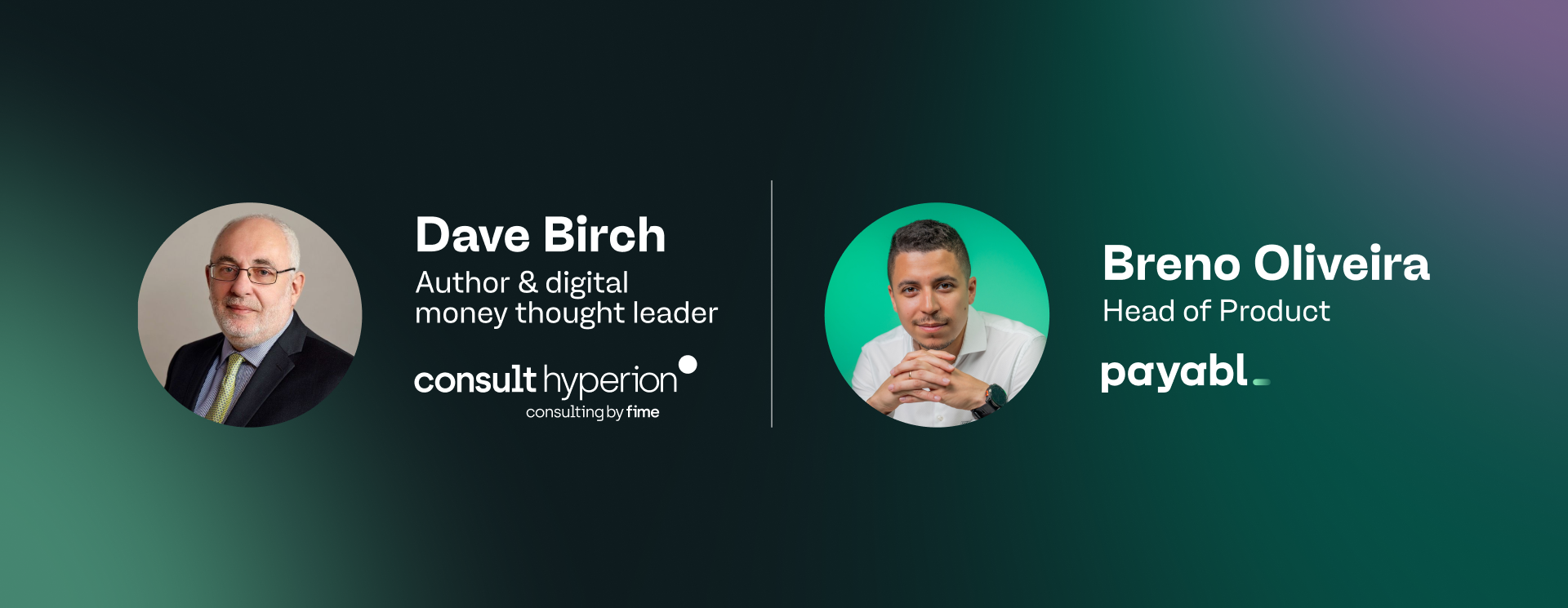
While consumer confidence may have dipped, it’s clear people still have a strong appetite for shopping, especially online. Revenue in the global e-commerce market is projected to reach $4.32 trillion this year, and then hit nearly $6 trillion by 2029.
To revive consumer confidence and create the best experience possible, retailers need to understand their customers. And to capitalise on the trend towards more online shopping and increase conversion rates, the world’s merchants must optimise their online checkout.
This means implementing a seamless and secure payment solution that prioritises speed and convenience while maintaining the highest security standards, ensuring a frictionless user experience.
We recently launched a landmark report diving deep into how customers like to pay across Europe. It explores what builds trust, what kills conversion, and how local preferences are reshaping checkouts.
At this year’s Reflect Festival in Limassol, Cyprus, payabl.’s Head of Product, Breno Oliveira teamed up with author and renowned industry expert Dave Birch, who contributed to the report, to make sense of the trends behind the data. No slides, no scripts – just honest, real-time takes on where European checkouts are headed.
Putting a premium on convenience
With nearly half (43%) of consumers saying a frustrating checkout experience would deter them from returning to a retailer, there’s little room for friction.
“Convenience is absolutely a dominant characteristic,” said Birch. “You don’t present people with a list of 150 payment mechanisms. You know where they are, what they’re buying, and what they’ve used before – so it doesn’t take genius-level AI to pull up the one or two options they’ll find the most convenient.”
Alongside convenience, speed ranks highly when it comes to choosing a payment mechanism. So how can merchants ensure they’re ticking the right boxes?
“It’s all about the right integrations,” explained Oliveira. “Consumers are looking for more integrations with the platforms they already use so they can transact faster and easier at the click of a button.”
Unexpected fees and forced account creation are the biggest turn-offs for the continent’s consumers.
“If I’m forced to create an account to do something, I’ll generally click off and try to find some other way of doing it because it’s a hassle,” added Birch, emphasising the importance of a guest checkout.
Catering to diverse local tastes
A large part of providing a convenient UX lies in adopting the local payment methods that consumers have become comfortable with in any given market.
Merchants won’t be able to negotiate the Netherlands without offering iDEAL and will hit barriers in Brazil unless they integrate Pix at their checkout. “If you want to penetrate a market, you have to have a business strategy in place that includes the local payment methods,” said Oliveira. “Otherwise, you don’t have a strategy at all.”
According to the report, the majority of consumers are open to switching to newer payment methods, with many doing so for a faster checkout. Just 7% are entirely unwilling to try a new method. For the willing, incentives such as discounts, cashback, and loyalty programmes are the most likely to sway behaviour.
Two-thirds of people say the value of a purchase influences their payment choice, with many preferring the chargeback guarantees and additional security offered by credit cards. But this may soon change as alternative payment methods evolve.
Oliveira asked Birch if he’d be willing to use an open banking-powered payment method to buy a MacBook. “I think we’re heading to a situation where the merchant will say let’s not bother Visa and Mastercard as they’re so busy,” answered Birch. “I’ll just take the money from your bank account, and if you do that I’ll give you double air miles or whatever.”
Building trust across a fragmented landscape
Security is understandably non-negotiable, with 71% of Europeans saying they would opt for a slower checkout in exchange for stronger fraud protection measures. Another notable finding is that half (48%) are now open to one-click checkout, but only if the brand is trusted.
Partnering with well-known payment providers and offering clear security assurances is critical but how else can retailers foster trust?
There’s examples to draw inspiration from – like the Marks & Spencer model. “People who’ve bought something and had a problem with it – for example a sweater with a hole in it – take it back and they will give you another one,” said Birch. “I’ve seen statistics showing very clearly people who’ve had a problem that’s been fixed are more likely to purchase from that retailer than someone who’s never had a problem.”
“So there’s certainly different ways to build up trust. But it’s fragile, and can be lost easily. If I don’t trust a retailer I’m always going to use a credit card with chargeback guarantees.”
“This shows trust is also becoming fragmented across different payment options,” added Oliveira. “Drawing on data to help highlight the benefits is the obvious way to start building that trust again as more payment methods enter the market."
For further insight into customer preferences, download ‘The state of European checkouts’ report.
